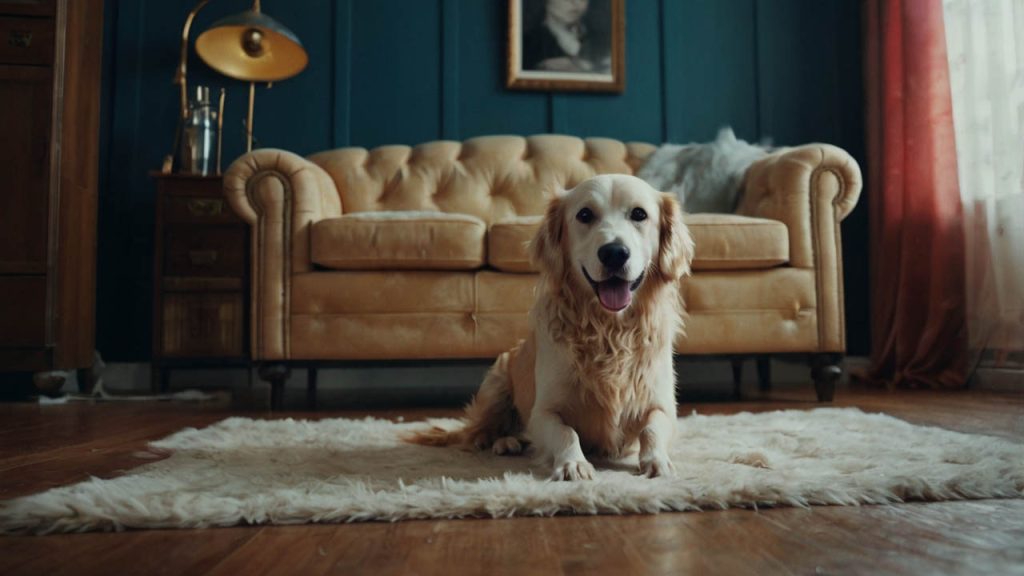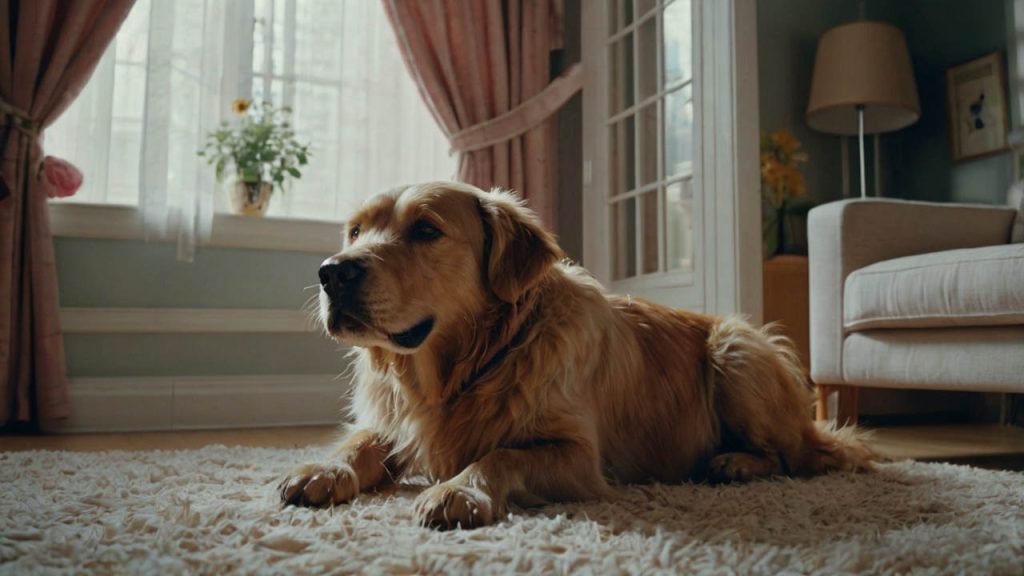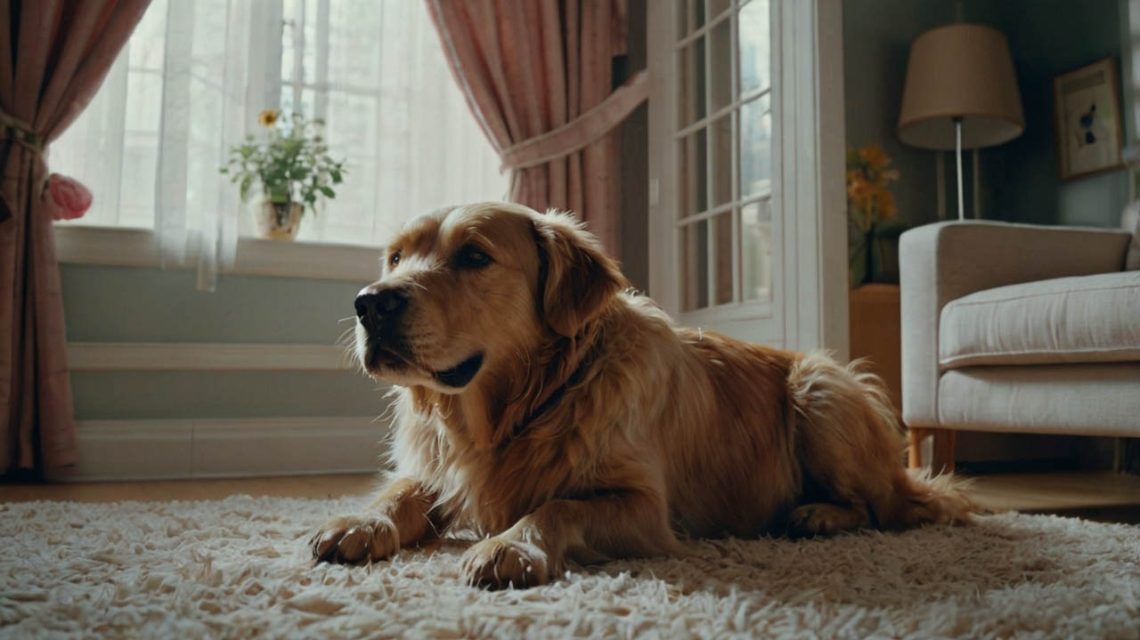How to Get Rid of Fleas on Dogs at Home: A Complete Battle Plan
It starts with a single, frantic scratch. Then another. Soon, your poor dog is constantly itching, biting, and looking utterly miserable. A quick inspection reveals the dreaded culprits: tiny, dark specks moving quickly through their fur. Fleas. This discovery immediately triggers the urgent question: how to get rid of fleas on dogs at home? Dealing with a flea infestation can feel like an overwhelming battle, but with the right strategy, it’s a war you can absolutely win. Consequently, a systematic, multi-front approach is the only way to achieve lasting success.
This comprehensive guide will provide a complete storyline for eradicating fleas from your life. We will walk you through a proven, three-step battle plan that addresses not just your dog, but the hidden flea populations in your home and yard. Therefore, you can move beyond temporary fixes and finally achieve a flea-free environment for your family and your beloved pet.
First, Understand Your Enemy: The Flea Life Cycle
Before you can effectively learn how to get rid of fleas on dogs at home, you must understand your enemy. The adult fleas you see on your dog represent only about 5% of the total flea population in your environment. The other 95% are hiding in your carpets, bedding, and yard in the form of eggs, larvae, and pupae.
- Eggs (50%): A single female flea can lay up to 50 eggs per day. These eggs are not sticky; they fall off your dog and onto your floors and furniture.
- Larvae (35%): The eggs hatch into tiny, worm-like larvae that burrow deep into carpets, upholstery, and dark crevices, feeding on flea dirt (digested blood from adult fleas).
- Pupae (10%): The larvae spin a cocoon and become pupae. This is the most difficult stage to kill, as the sticky, protective cocoon is resistant to most insecticides. They can lie dormant for months, waiting for the right signal (heat, vibration, carbon dioxide) to hatch into an adult flea and jump onto your dog.
This is why simply treating your dog is never enough. You must break the entire life cycle.

The 3-Step Battle Plan: How to Get Rid of Fleas on Dogs at Home
Winning the war on fleas requires a simultaneous, three-pronged attack. You must treat your dog, your home, and your yard at the same time.
Step 1: Treat Your Dog to Kill Adult Fleas
Your first priority is to provide immediate relief for your suffering pet. This step focuses on killing the adult fleas that are currently biting your dog.
- Give a Flea Bath: Start by bathing your dog with a specially formulated flea shampoo. Lather the shampoo around your dog’s neck first to create a barrier; this prevents fleas from running up to their head and ears. Let the shampoo sit for the recommended time (usually 5-10 minutes) before rinsing thoroughly.
- Use a Flea Comb: While your dog’s fur is still damp, meticulously go over their entire body with a fine-toothed flea comb. This will physically remove any stunned or remaining adult fleas. Pay close attention to the neck, tail base, and armpits. Have a bowl of hot, soapy water nearby to drown any fleas you comb off.
- Apply a Fast-Acting Flea Treatment: After your dog is completely dry, apply a veterinarian-recommended flea treatment. This is a critical part of how to get rid of fleas on dogs at home.
- Topical Treatments (Spot-ons): Products like Frontline® or Advantage® are applied to the skin between the shoulder blades and kill fleas on contact.
- Oral Medications (Chewable Tablets): Medications like NexGard®, Bravecto®, or Simparica® are highly effective. They work by entering your dog’s bloodstream, and when a flea bites, it dies quickly. Many of these also interrupt the flea life cycle.
Important: Always consult your veterinarian before starting any new flea treatment. They can recommend the safest and most effective product for your dog’s age, breed, and health status. As the FDA advises, using the correct product and dosage is vital for your pet’s safety.
Step 2: Treat Your Home to Eliminate Eggs, Larvae, and Pupae
This is the most labor-intensive but arguably the most important step in understanding how to get rid of fleas on dogs at home.
- Wash Everything in Hot Water: Gather all of your dog’s bedding, your own bedding, blankets, and any washable rugs. Wash them in the hottest water your washing machine allows and dry them on the highest heat setting to kill all flea life stages.
- Vacuum Relentlessly: Vacuum every single surface in your home—carpets, area rugs, hardwood floors, tile, and all upholstered furniture. Use the crevice tool to get along baseboards, under furniture, and between cushions. The vibration from the vacuum can stimulate pupae to hatch, making them vulnerable to insecticides. After vacuuming, immediately seal the vacuum bag in a plastic bag and dispose of it in an outdoor trash can.
- Use an Insect Growth Regulator (IGR): This is your secret weapon. An IGR, like methoprene or pyriproxyfen, doesn’t kill adult fleas but acts as a form of “birth control” for fleas, preventing eggs and larvae from developing into biting adults. You can find IGRs in household flea sprays or foggers. A product that contains both an adulticide (to kill adult fleas) and an IGR is ideal.
Step 3: Treat Your Yard to Prevent Re-infestation
If your dog spends time outside, your yard is likely a source of new fleas.
- Clean Up the Yard: Fleas love shady, moist, and warm areas. Rake up leaves, mow your lawn, and clear away any debris where fleas could hide and thrive.
- Use a Yard-Safe Insecticide: Treat your lawn, under decks, and around bushes with a pet-safe insecticide designed for flea control. Look for products that specifically mention they are safe for pets after they have dried. Always follow the product instructions carefully.

Natural Remedies: How to Get Rid of Fleas on Dogs at Home (with Caution)
While some people prefer a natural approach, it’s important to understand that these methods are generally less effective and slower-acting than conventional treatments for an active infestation. They are often better for prevention than for eradication.
- Diatomaceous Earth (DE): Food-grade DE can be sprinkled on carpets and pet bedding. Its microscopic sharp edges dehydrate and kill fleas and larvae. However, it can be a respiratory irritant, so use it with caution and vacuum it up thoroughly.
- Homemade Flea Traps: A simple trap can be made by placing a shallow dish of soapy water on the floor with a nightlight or lamp shining over it. Fleas are attracted to the heat and light, jump towards it, and get trapped in the soapy water.
What NOT to Use: Never use essential oils like tea tree, pennyroyal, or pine oils on your dog without consulting a vet. Many are highly toxic to pets.
Conclusion: Consistency is the Key to a Flea-Free Home
Learning how to get rid of fleas on dogs at home is not about finding a single magic bullet; it’s about executing a coordinated, three-part strategy with diligence and persistence. By treating your dog for immediate relief, deep-cleaning your home to break the flea life cycle, and managing your yard to prevent new fleas from arriving, you can successfully reclaim your home.
Remember to continue using a veterinarian-recommended flea preventative on your dog year-round to ensure this itchy nightmare never returns. Your consistent effort is the key to a happy, comfortable, and flea-free life for your best friend.
Have you ever battled a flea infestation? What products or strategies worked best for you? Share your success stories and tips in the comments below!


